Office Workflow
The first step that should be taken is to review the workflow of your office. What inefficiencies exist from the time a patient walks in the door to when they leave? Is there a bottleneck of patients crossing paths in the hallway, or does the provider have to search to locate supplies that are continuously moved from place to place? If corrected, many of these inefficiencies can result in the physician seeing more patients throughout the course of a day.
To identify these inefficiencies, try putting yourself in the shoes of one of your patients. Come in as a patient and go through the entire process of being a patient within your practice. By looking at the flow from a different set of eyes, you may identify many areas where inefficiencies and redundancies may be eliminated, and the flow of your office can be improved.
An outside consultant may be extremely helpful in this exercise. They would be able to look at your workflow in an unbiased manner and compare what they see to models of successful practices. Additionally, this would make the best use of your time, by allowing you to continue seeing patients while this takes place.
As you review the workflow of your practice, consider also how communication takes place. After seeing a patient, do you need to track down one of your nurses or assistants to explain to them the next steps in the care of the patient? Consider the use of technology in this process. A lighting or internal messaging system could let them know that a patient is ready for discharge or that they need to have lab work scheduled - while allowing the provider to move right on to the next patient. Such a system may also allow the provider to be informed when something comes up that requires attention, without being interrupted during a patient visit.
Improving the efficiency of your practice workflow is an area where your Electronic Health Records (EHR) system may come into play. Consider meeting with your EHR vendor to see what features or functions may exist in the system that you may not be utilizing to their fullest potential. A review of this process may help eliminate unnecessary paperwork, or the need for documentation after a patient visit that could have been documented during the patient visit. You pay a lot for these systems, so it is important to make sure you are getting everything you can out of them.
Best Practices
The second step in improving the effectiveness of your time management would be to review some of your own daily tasks. When you arrive for the day, after getting your cup of coffee, make sure that you have reviewed the schedule for the day before seeing any patients. This should include a review of the reason for the visits, as well as a review of the patient’s chart. For those patients coming in for a follow-up visit, this will ensure that you have received all test results before the patient arrives, as opposed to scrambling to locate them with the patient in the room waiting to be seen. When consulting with a patient, if they bring something up that was not scheduled, and it is non-life threatening, consider requesting that they make another appointment so that you will be able to spend adequate time discussing the issue with them.
Additionally, be sure to build time into your schedule each day to catch up when you fall behind and to return emails and phone calls. Many providers work late each day and follow up on these items after everyone else has gone home for the day. The problem with this is that a patient waiting for a return phone call may call back multiple times a day until they hear from the provider. Additionally, leaving a pile of paperwork for your staff for when they return the next morning will make them stressed out for the day before they have even placed the first patient in an exam room.
Managing Patients
The one way that all providers can help to more effectively manage their own time is to better manage their patients. First, when scheduling, particularly with new patients, consider changing your policy so that all patients arrive 10-15 minutes prior to their visit. Explain to them in advance this policy so that paperwork can be completed, and your team can check weight, blood pressure and changes from the last visit before their scheduled time with the provider. Second, call patients in advance of the appointment to remind them of their visit. In this call, be sure to confirm with them the office’s policy for no shows and late arrivals.
While many providers are busy with their caseload for the day, it is easy to get behind in your daily schedule. To be the most effective and productive, however, take a step back and evaluate some of the areas discussed in this article. They are all areas where a little effort up front will lead to greater rewards at the end of the day.





